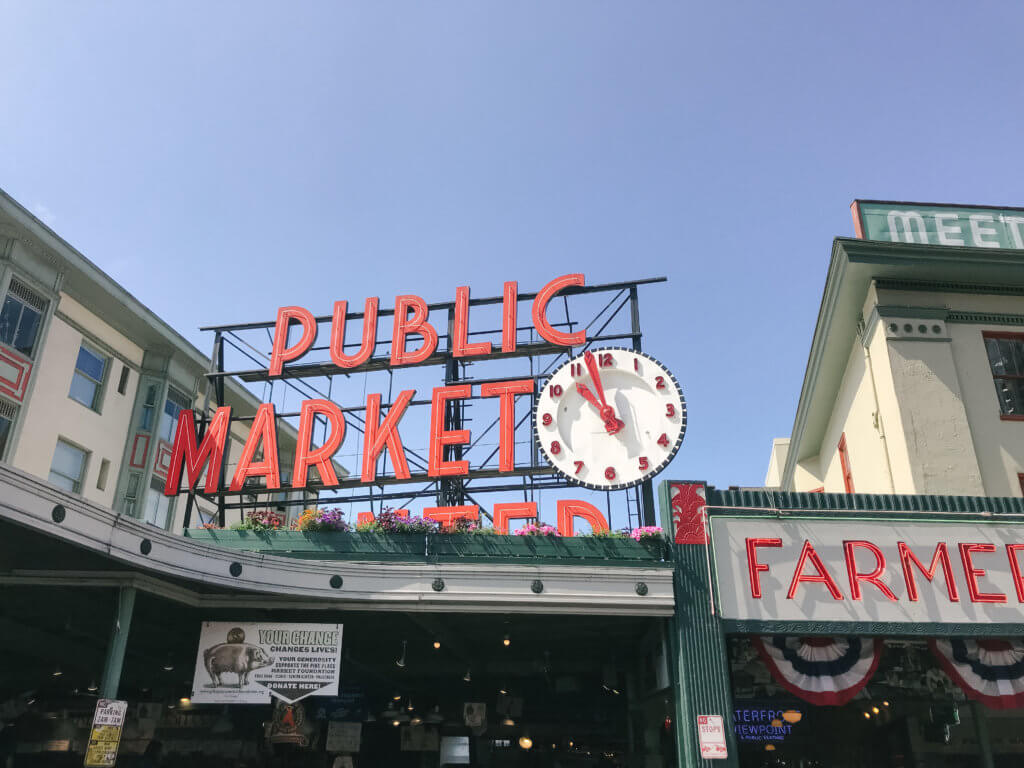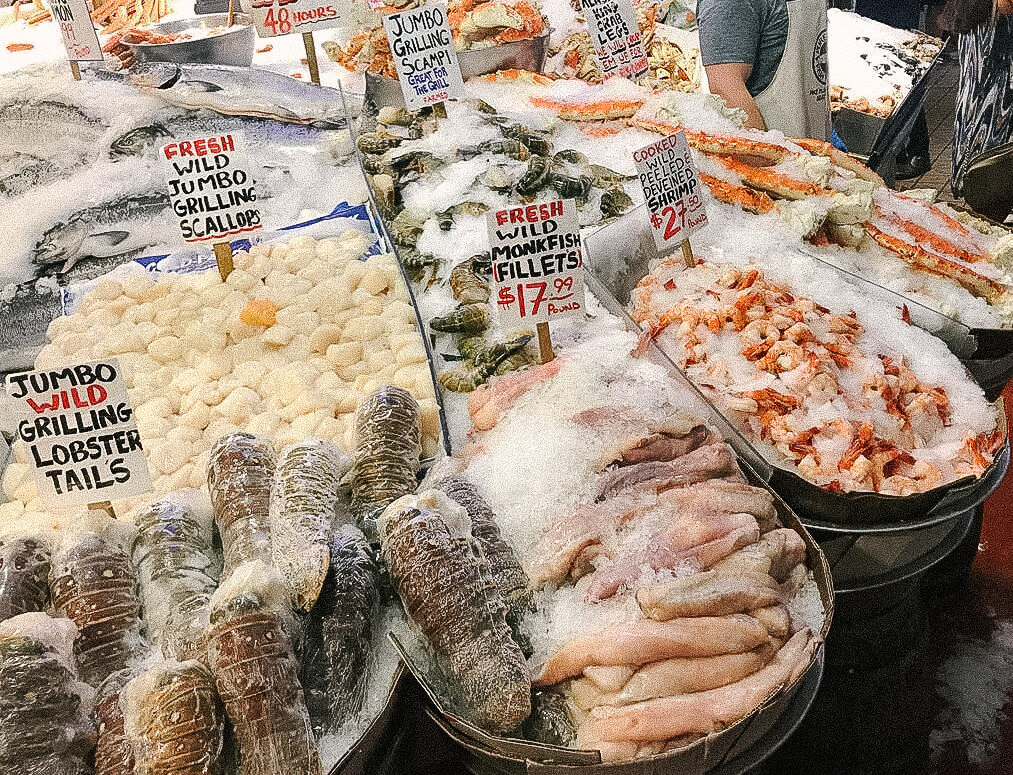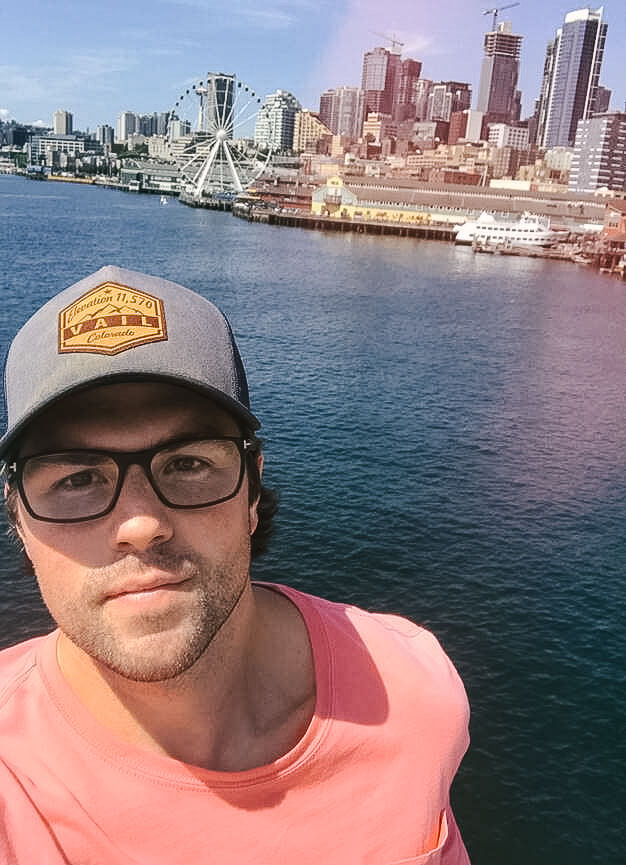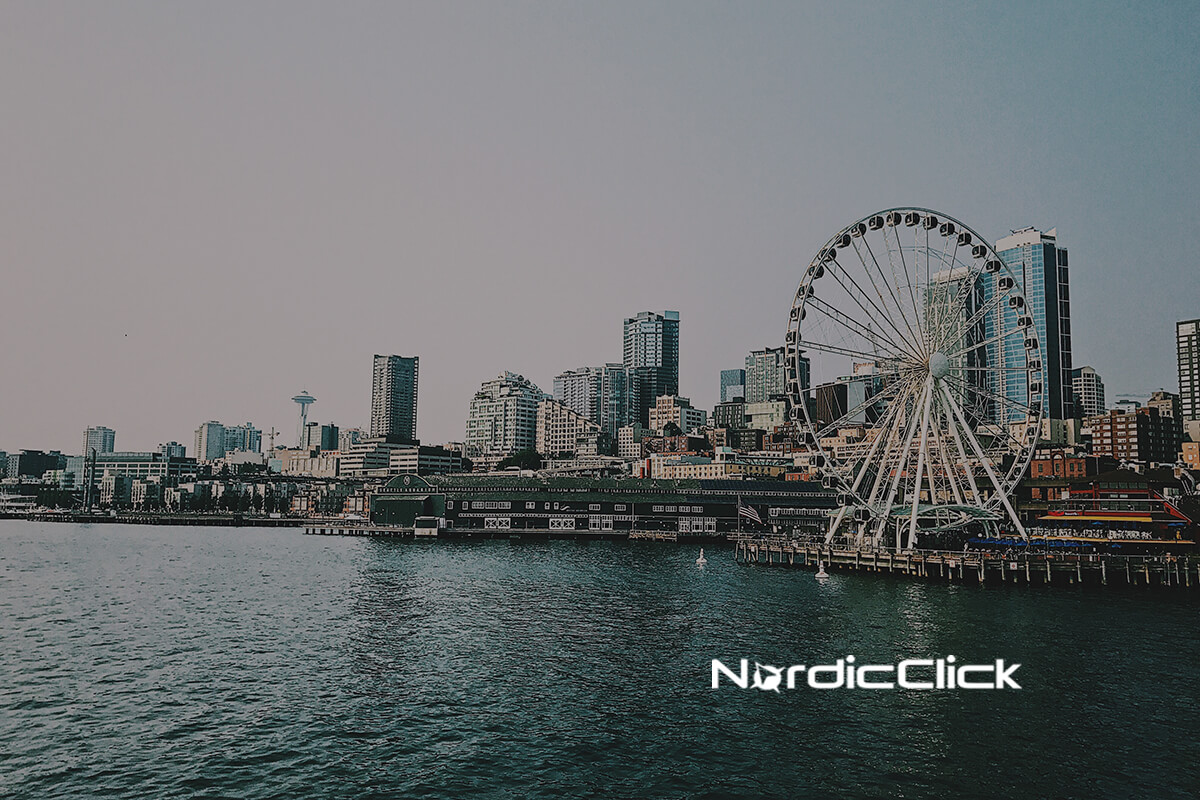What’s a digital marketer’s true secret to success? A hunger to learn. That’s why at NordicClick we send our people to conferences to learn from some of the industry’s brightest minds – and MozCon is one of the best. I sat down with Senior Digital Manager Adam Dardine to get a taste of what he learned at MozCon 2019.
1. What should we all be paying attention to in search? What themes rose to the forefront of the conference?
Three major themes jump to mind…
Google is the new homepage. As Google seeds more info into the SERPs, more and more searchers never have to leave Google to get the answer they seek. They’re getting quick answers from Featured Snippets, People Also Ask, the Knowledge Graph, and so on. This past June, for the first time in the history of the internet, more than 50% of queries resulted in zero clicks to other websites. Zero click searches are pretty brutal… Brands are in a place where they need to embrace Google. It’s a sink or swim situation and we need to adjust to the new normal, as organic traffic declines and competition grows. Traffic is still important, but brands need to weigh the cost/benefit of going after the featured snippet.
The “People Also Ask” SERP feature was present in 30% of searches in 2018. In 2019, it’s present in 87% of searches.
Dr. Pete Meyers, Moz
Accuracy, Trust, and Comprehensiveness are at an all-time high. Whether E-A-T (expertise, authority, trust) is a ranking signal is irrelevant. It matters. Google seems to be doubling down on the accuracy and quality of websites. There’s a misconception that content/SEO is “free” while Google Ads costs money. SEO is not free. You have to spend time forming relationships with subject-matter experts in your vertical. Find people who know what they’re talking about and get them to engage with your brand, link to and share your content, etc. It’s not free, but the E-A-T it builds is worth your time.
75% of articles have zero external links – a poor demonstration of expertise, authority, and trust!
Stop blindly following best practices. Like all images need alt attributes, for example. You don’t really know what’s going to make a difference until you do it. Try different things and see what works for your brand. Then prioritize tasks accordingly.

2. Conferences can be notoriously conceptual – fascinating to listen to, tough to apply. What is something you learned at MozCon that you will actually put it into practice?
A few things, actually. Marie Haynes shared tactics for increasing your website’s E-A-T, one of those being making sure every blog post / piece of content on a website links back to an author page that includes about the author, other articles they’ve written, etc. This is easy to apply and increases E-A-T.
Russ Jones laid out a link-building strategy I’ll definitely try. He calls it “Inbox Justification.” You start with an awesome piece of content. It’s secure, fast, accessible, mobile-friendly, matches search intent, everything it should be. You’re confident it deserves to rank. Next, look at who else is ranking for the keyword you’re targeting with that awesome piece of content. Scan their back-links to identify an attractive domain linking to competing content. In that analysis, say you discover the Wall Street Journal is linking to your competitor. Check your competitor’s page for anything lacking from a technical standpoint. Then, reach out to WSJ, point out the issues on the competitor’s page, and ask if they would also link to your page. This benefits the Wall Street Journal by helping them serve their visitors better and benefits you by earning you a high quality link to boost your E-A-T.
Wil Reynolds (great presentation, as usual) talked about keywords with the average search volume of zero. We usually disregard these, but Wil argued otherwise. Don’t use arbitrary thresholds for what kind of keyword you will or won’t go after. It’s a matter of matching the intent well. That’s something I’ll definitely pay attention to moving forward.

3. If you could send us back in time to one session, which would you pick?
Ross Simmonds from Foundation Marketing. He talked about how keyword research is important, but we fall victim to using it as the only strategy. He suggested adopting more of an integrated approach and gave a lot of practical advice to do so. No more “okay we wrote a blog, now we’re done.” He encouraged taking one piece of content, chopping it up, and applying it elsewhere.
Simmonds also stressed the value of using other platforms to identify themes and topics. Quora, Buzzsumo, Reddit, Facebook Groups, and LinkedIn Groups. These are all places to get insights into very niche audience groups. Participate in those platforms by adding value to the community, and occasionally a link. You’re reaching people who are highly engaged and involved in the industry you serve. And this doesn’t just apply to B2C brands. There is so much more you can find outside of traditional keyword research in so-called “boring” B2B industries.
4. Did you learn anything that changed the way you think about Local SEO?
A big takeaway I had was how widely the SERP and your rankings can vary between markets, which makes localization of content even more important to pay attention to. Moz is actually rolling out search query volume at the zip code level. This is super powerful for anyone doing local. So if you’re an e-commerce business, you could use regional query data to understand at a granular level the demand for different products in different areas of the country and prioritize content accordingly.
5. Of the speakers you heard, who is your go-to voice of SEO wisdom?
Wil Reynolds. I gain a lot from following him on Twitter, which is where I get most of my SEO news and facts. (My Twitter feed consists of Fantasy Football, Twins Baseball, and SEO.) Wil is genuinely interested in helping people – and sticking it to Google. Wil and his company Seer Interactive use Microsoft’s Power BI, Saving Benjamin (their tool), and tools of that sort to unite PPC and SEO and help save your client’s money. They’ll help you identify some random exact match keyword that’s costing your client thousands of dollars. At MozCon, he just got up and ranted for an hour. It was great.
6. Best thing you ate in Seattle?
An ahi tuna poke bowl. (Editor’s note: After a bit of uncertainty, we have confirmed the correct pronunciation is, in fact, poh-kay. Aspiring foodies, take heed.)

7. Best thing you saw in Seattle?
Hmm. The gum wall was cool, but very disgusting… so that doesn’t make the cut. I did actually take a ferry to Bainbridge Island, and being able to see the city landscape and also Mt. Ranier in the background was probably one of the coolest sights that I saw.
8. We couldn’t send you to the birthplace of the illustrious green mermaid and not ask… Starbucks or Caribou?
I would say Caribou, because I’m not a corporate sellout. That being said, I did see the original Starbucks, but the line was out the door. :/

Interested in putting any of the concepts Adam talked about into practice? Check out our SEO page and see how we can help.
